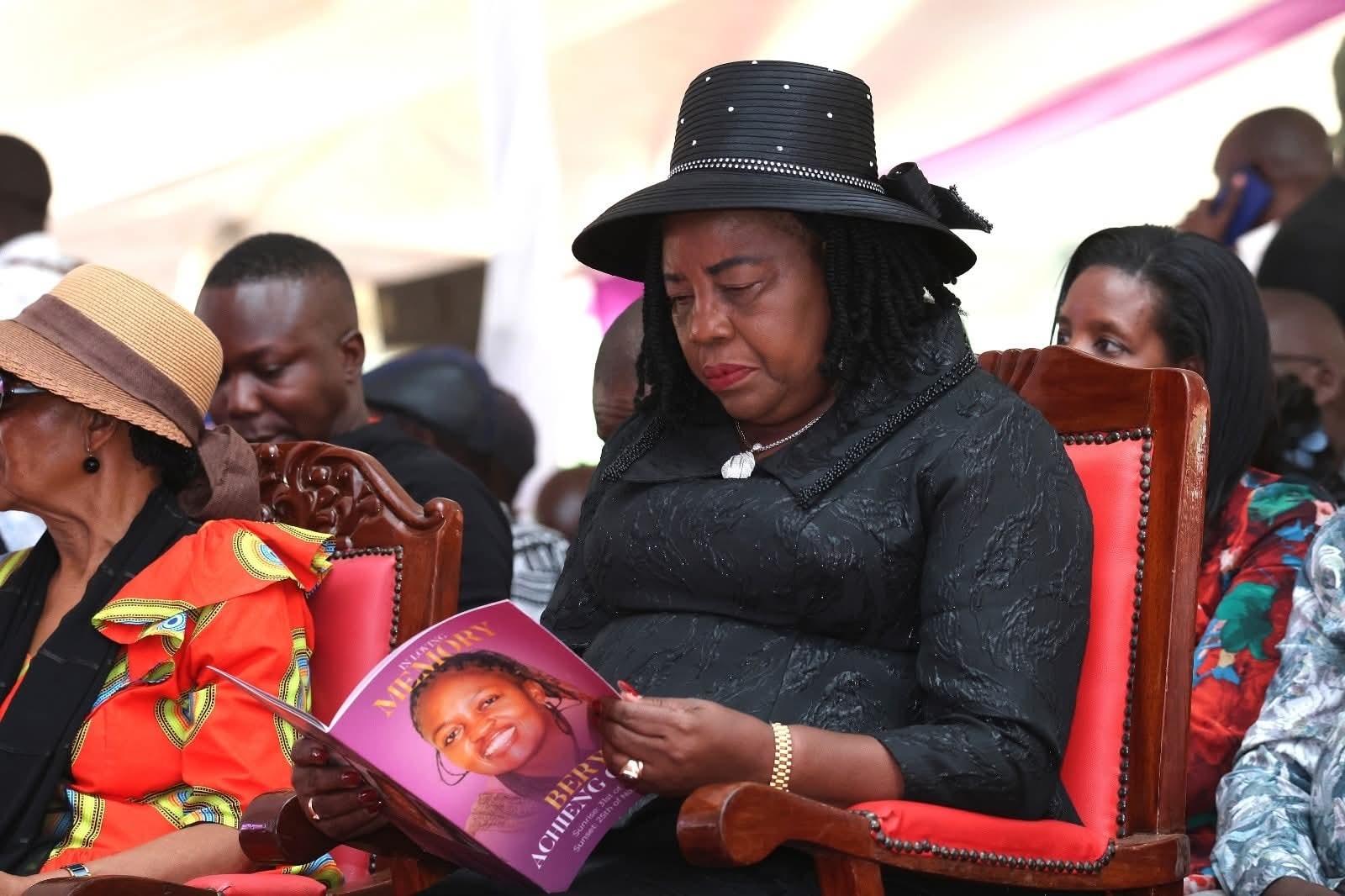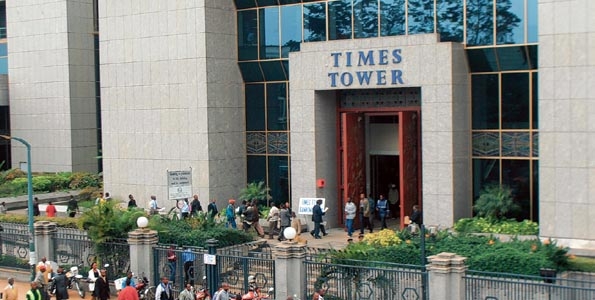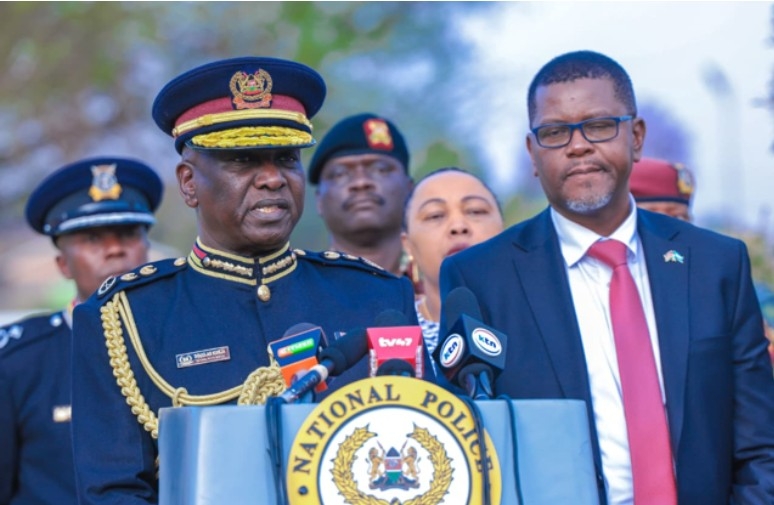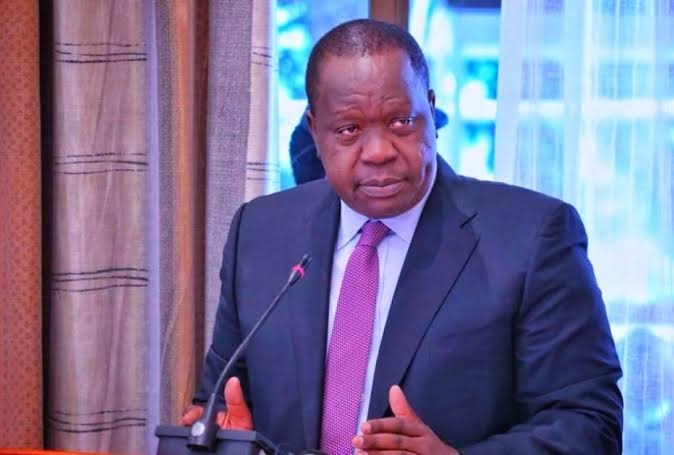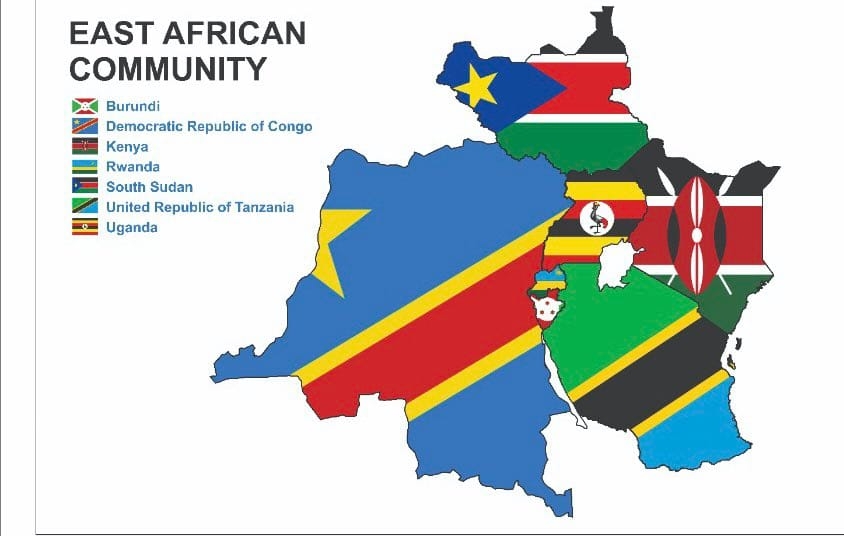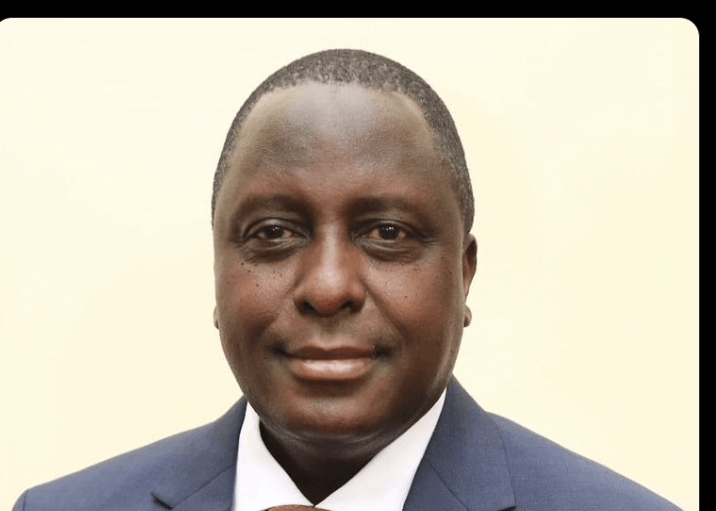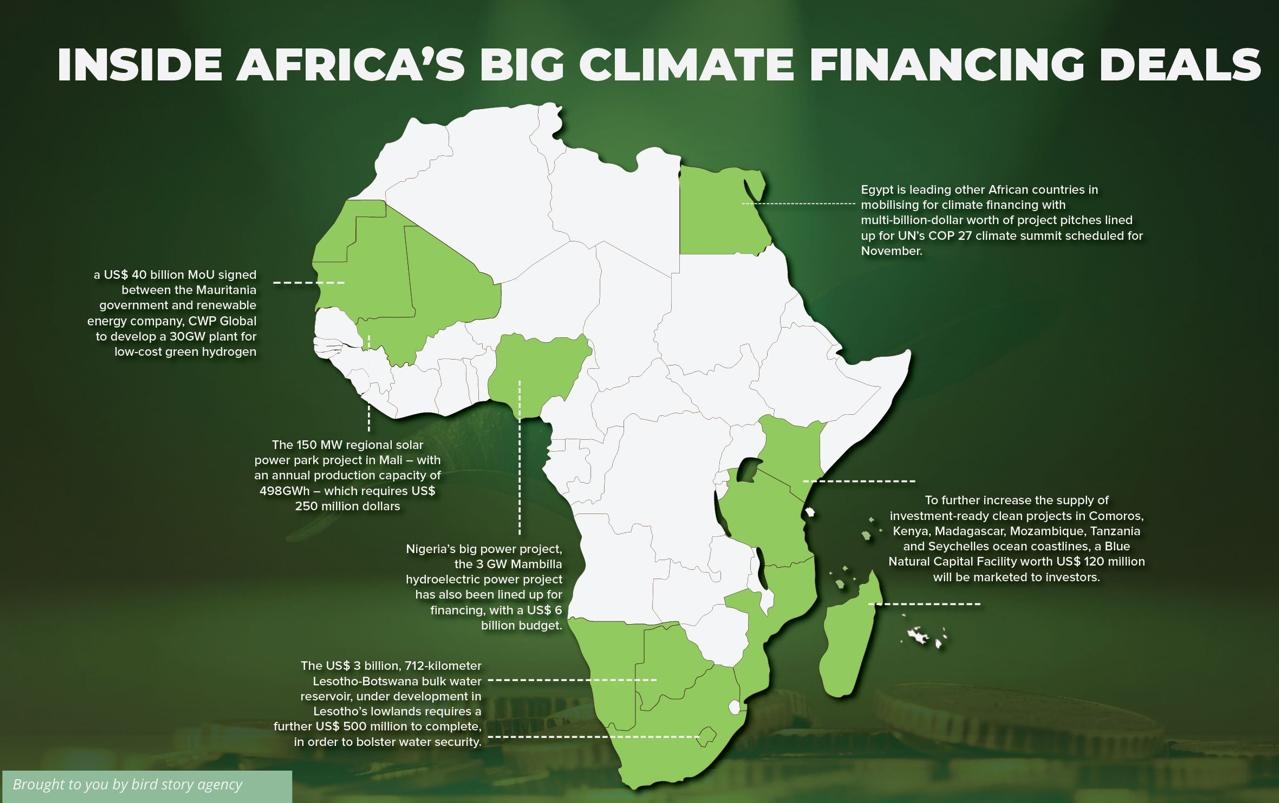
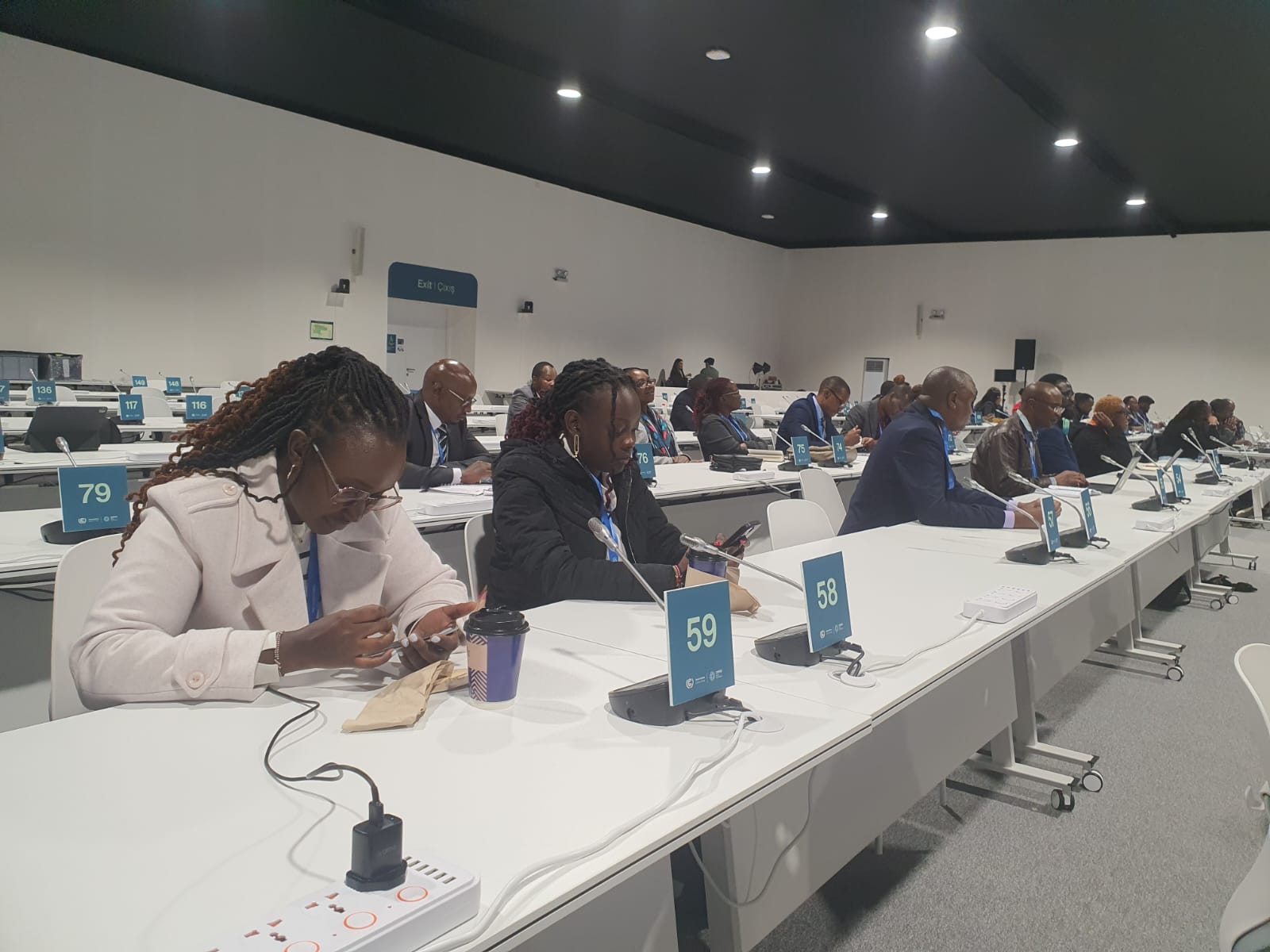 Kenyan delegates during COP29 in Azerbaijan /Gilbert Koech
Kenyan delegates during COP29 in Azerbaijan /Gilbert KoechClimate change negotiators heading to Brazil in November have been tasked with preparing thoroughly to secure tangible results for the country.
Director of climate change at the Environment ministry, Pacifica Ogolla, said there is a need to prepare for the negotiations.
“Kenya takes a critical role in the technical and political leadership. We cannot afford to leave Belem without securing the results,” she said on Thursday during a webinar on preparation towards climate talks.
The 2025 UN Climate Change Conference (UNFCCC COP30) will be held on November 10-21, in Belem, Brazil.
Ogolla said nations such as Kenya are leading in transitioning towards clean energy, and there is a need to cement such efforts at the global level.
“COP30 presents an opportunity to build on this leadership and secure outcomes for the planet and the people,” she said.
The Loss and Damage Fund is a UN-backed financial mechanism established at COP27 in 2022 to provide financial and technical support to developing countries for responding to the economic and non-economic impacts of climate change.
Deputy director climate change negotiation finance at the Environment ministry, Michael Okumu, said Kenya expects to push a number of issues during the conference.
A key expectation for the conference is to reach an agreement on indicators for measuring progress towards the Global Goal on Adaptation (GGA) that was established in Paris.
This would be the culmination of a process meant to narrow down a set of 100 indicators that match the 11 targets of the 2023 GGA Framework.
In particular, the indicators relating to means of implementation remain a subject of much debate.
Another key focus will be the latest round of Nationally Determined Contributions (NDCs).
Parties were originally supposed to submit their NDCs by February this year.
While nearly 100 countries shared their plans for or updated their NDCs at the 2025 Climate Summit during the High-Level Week of the 80th session of the UN General Assembly last month, some, including many big emitters, have yet to do so.
NDCs embody efforts by each country to reduce national emissions and adapt to the impacts of climate change.
Kenya’s NDC shows the country needs Sh2.2 trillion to reduce emissions and adapt to the impacts of climate change.
Kenya’s NDC was deposited with the UNFCCC on April 30 this year.
“The estimated budget required for the implementation of the adaptation initiatives for the period 2031 to 2035 is $17.7 billion (Sh2.2 trillion),” Kenya says in its second NDC.
The funds are also for putting in place mechanisms to avert and minimise loss and damage associated with climate change.
In 2016, Kenya ratified the Paris Agreement and submitted an ambitious NDC with a commitment to reduce emissions by 30 per cent against a business-as-usual scenario by 2030.
The NDC increased mitigation commitment from 30 per cent in 2016 to 32 per cent by 2030.
The implementation cost of the updated NDC mitigation and adaptation was then estimated to cost $62 billion (Sh8 trillion) between 2020 and 2030.
“Subject to national circumstances, Kenya intends to bear 19 per cent of the adaptation cost from domestic resources, while the balance is subject to international support,” Kenya says in the latest NDC.
The country says 28 per cent of the NDC cost will be achieved through investments in projects designed to deliver mitigation and adaptation benefits.
However, these estimated resource requirements may change with circumstances.




